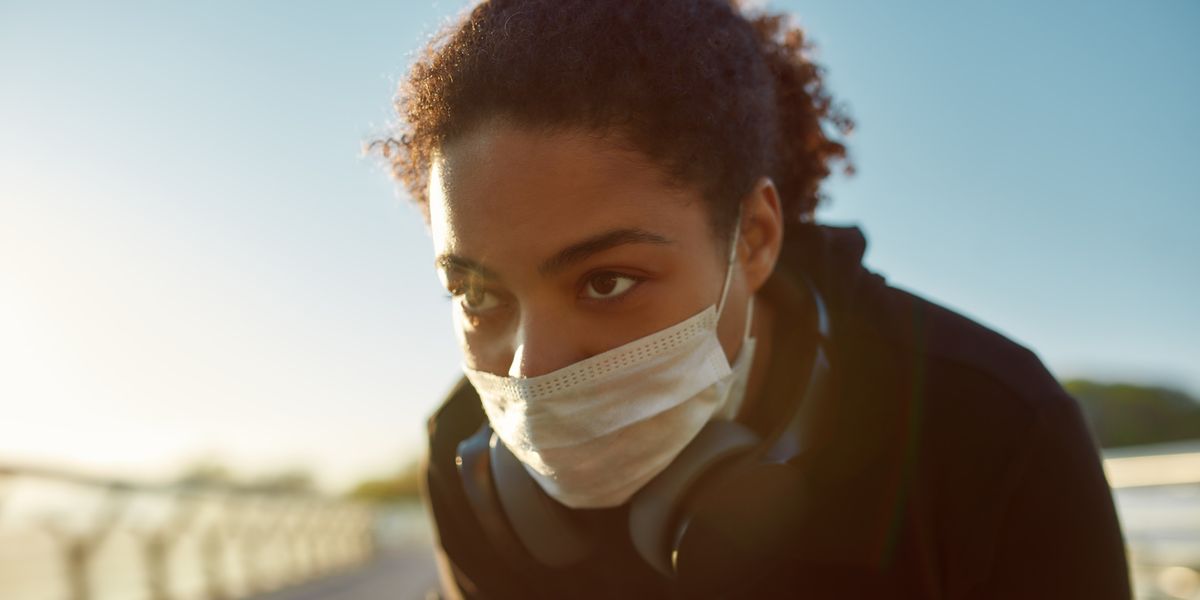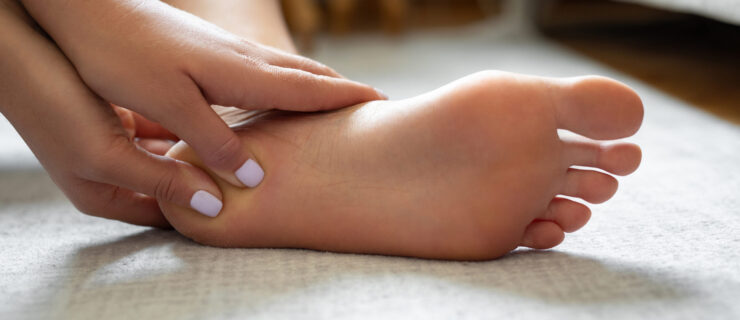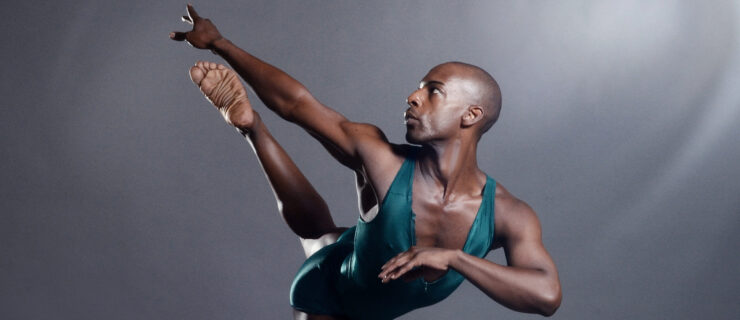Working Out Outside? Here's How to Plan a Safe Sweat Session
As shelter-in-place regulations start to loosen and temps rise, many dancers are itching to take their cross-training outdoors. What types of exercise are particularly suited to dancers, and what can you do to stay safe outside? We spoke with Carina Nasrallah, Houston Methodist athletic trainer for Houston Ballet, for pointers on crafting the best outside sweat session.
Dancer-Friendly Outdoor Workouts
Plyometrics:
Working on your jump training at home can be difficult and dangerous in a cramped space without a sprung floor, but outdoor plyometrics—on a more forgiving surface like turf or grass—can give you the conditioning you crave. (For a sample workout, check out the plyometrics program Nasrallah created for Houston Ballet in the video below.)
Yoga or Pilates: Grab your mat and smartphone and follow along with one of the many classes streaming online.
Running:
When done correctly, running can boost your bone density and is an excellent form of high-intensity cardiovascular training. But there’s more to it than hitting the pavement. “A dancer never mastered a plié the first time they tried it,” says Nasrallah. The same goes for running. “There’s a technique, an approach, an intentionality to picking it up.”
Before you start a program, considering doing some hip strengthening exercises, likes bridges, monster walks with a resistance band or standing hip abductions (loop a band above both ankles and extend the working leg in a slight back diagonal, like an “à la ‘sabesque”).
If you’re a newbie, Nasrallah advises starting with a walk/run approach or a coach-to-5K program. And be mindful of your foot placement: Run in neutral, not turnout.
Jumping rope:
You can easily turn this into a HIIT workout (high-intensity interval training), by alternating periods of quick jumping for 30 to 45 seconds with recovery. This pattern is similar to the start-and-stop nature of a ballet class, says Nasrallah, so it’s a good way for dancers to mimic the pace of a studio class.
Swimming:
If you have access to an outdoor pool, swimming is a low-impact cardio option worth adding into your rotation, especially if you’re recovering from injury. “Right now, there’s no indication that COVID-19 is transferred in pools,” says Nasrallah. While the chemicals in the pool inactivate the virus, remember to take precautions in areas like locker rooms.
Body-weight exercises:
Tired of doing lunges and squats in your living room? Switch up your routine by taking it outside. For curated workouts, try one of the many free classes online right now from YMCA 360, the Peloton app or a local fitness studio.
Special Outdoor Considerations
Footwear:
Supportive shoes that match your foot shape are a must. “I’ve recommended for all of my dancers who are cross-training outside to get a really good pair of tennis shoes.” While getting fitted in person is still tricky in many areas, some running stores are offering virtual fitting appointments. “Treat it like a pointe shoe. You don’t just order one online and put it on,” says Nasrallah.
Keep in mind that athletic footwear has a life span, just like dance shoes. “Over time, the shoe breaks down and you lose some of the support and the cushion,” she says.
If you’re running, check with a local running store for a recommendation on when it’s time to retire your shoes, judging by mileage and wear-and-tear on the soles. You can also track shoe wear on running apps, like Runkeeper or Nike Run Club.

Surfaces:
Nasrallah recommends a track or turf, which are low-risk in terms of potential obstacles or unevenness, and they have a little more give than concrete or pavement. If you don’t have access to those, find an open grassy space, and scan the area for any bumps, divots, sticks, rocks and, yes, dog poop or ant hills.
For running, “if you have the option of a paved street versus a concrete sidewalk, pick the paved surface,” she says, noting that concrete is harder.
Heat and hydration:
Schedule your workout for early in the morning or later in the evening, says Nasrallah, avoiding the prime heat window of 11 am to 5 pm.
And remember to sip water throughout the day. “Hydration varies person to person. I recommend about at least half an ounce per pound of body weight. If you sweat more, it might be closer to a pound.”
Coronavirus Safety Concerns
Masks:
Though guidelines vary by location, many public parks require mask use, and it’s not a bad idea to wear one regardless. “Keep in mind that there is a conditioning curve if you are wearing a mask when exercising,” says Nasrallah. Gradually work up to more intense activity and monitor your breathing. Maintain social distancing of at least six feet from others, and know that masks are even more essential when that isn’t possible.
BYO water bottle:
Avoid public fountains.
BYO mat and equipment:
“I would be really wary of using any kind of permanent outdoor gym equipment,” she says, “unless you have sanitation and can wipe down everything very thoroughly before and after you use it.”
Sanitize:
Before and after your workout, use hand sanitizer. While exercising, avoid touching your face.
Silver Linings
After months of staying home, exercising outdoors can give you an endorphin boost, improving your mood. And getting some sun is good for your bone health, says Nasrallah, since dancers are at an increased risk for vitamin D deficiency due to spending much of the year training indoors.




